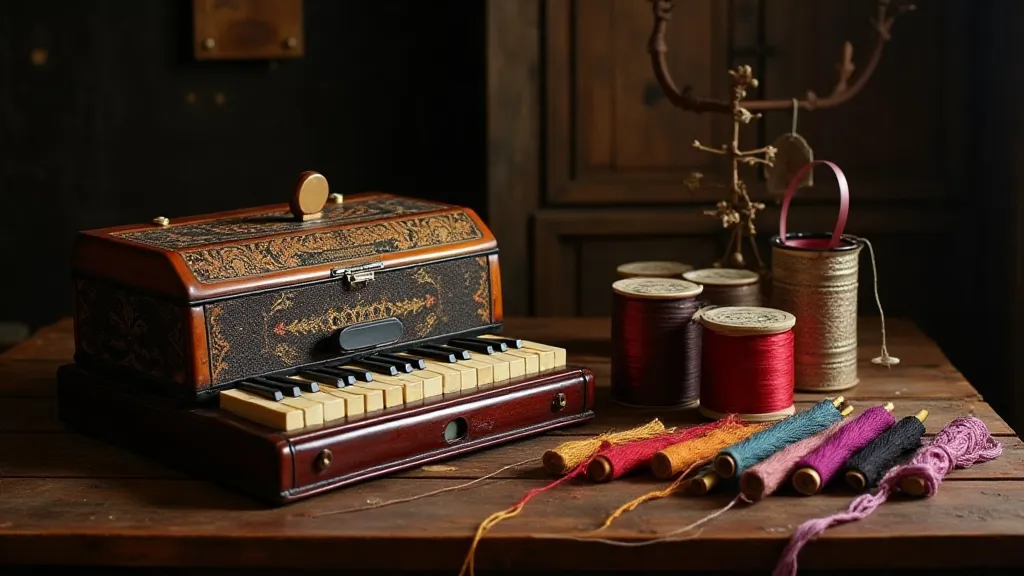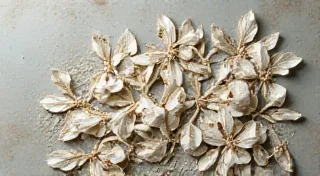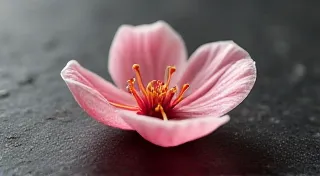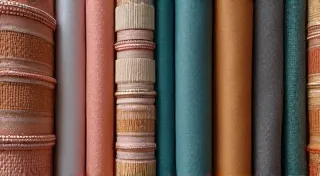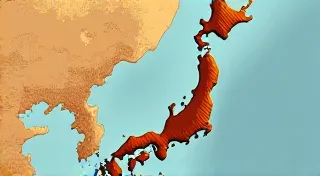Fragments of Memory: Reconstructing Lost Kumihimo Techniques
There's a peculiar comfort in holding something old. Not just old in a chronological sense, but imbued with a palpable history, a silent echo of hands that shaped it long ago. I think of this often when I work with Kumihimo. A single braid, seemingly simple, can be a tangible link to centuries of Japanese craft, a whispered narrative of artistry and tradition. But what happens when that narrative is fragmented, when entire techniques have faded into obscurity? It’s in those moments, piecing together the scraps of the past, that the true magic of Kumihimo reveals itself.
Kumihimo, meaning “twisted threads,” isn't just a craft; it’s a vital thread in the fabric of Japanese history. Originally developed for the armor and weaponry of the Samurai, these meticulously crafted cords were essential for securing helmet plates, reinforcing sword hilts, and creating decorative straps. Their strength and beauty weren’t mere aesthetics; they were a matter of life and death. As Japan evolved, Kumihimo expanded beyond military applications, adorning kimonos, Buddhist prayer beads, and countless other items. The techniques became incredibly diverse, some employing complex multi-layered marudai (round braiding looms) requiring incredible skill and precision.
The Meiji Restoration in the late 19th century marked a turning point. Westernization swept through Japan, and traditional crafts like Kumihimo were often overlooked in favor of newer, industrial methods. Many families who had passed down Kumihimo techniques for generations ceased to practice them, and knowledge slowly began to disappear. Imagine a grandfather, watching his loom gather dust, the knowledge of his ancestors fading with each passing year. It’s a heartbreaking prospect, and it's a reality that many Kumihimo artisans faced.
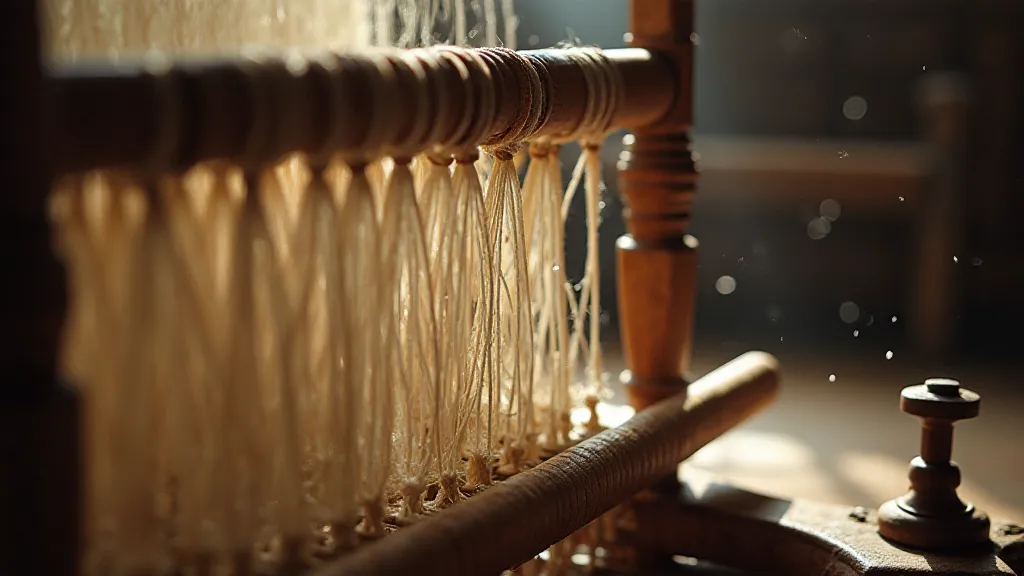
The Echoes in the Texts
Reconstructing lost Kumihimo techniques is a painstaking process, often relying on incomplete historical records. Ancient texts, primarily in the form of scrolls and illustrated manuals, offer tantalizing glimpses into forgotten methods. These texts are often cryptic, utilizing symbolic language and diagrams that require careful interpretation. It's like trying to assemble a puzzle with missing pieces, each fragment offering a clue, but the full picture remaining elusive. The language itself can be a barrier; archaic terms and nuances can be difficult to decipher, requiring consultation with experts in historical Japanese terminology.
One particularly valuable source is the *Koki Tamegaki* (古式玉垣), a late Edo period (1603-1868) manuscript detailing various decorative arts, including several Kumihimo patterns. However, even within the *Koki Tamegaki*, the instructions can be vague. The number of cords used, the precise sequence of passes, and the intended visual effect are often implied rather than explicitly stated. This necessitates a level of intuition and an understanding of the underlying principles of braiding that goes beyond simply following instructions.
The Artifacts Speak Volumes
Beyond textual sources, surviving artifacts—ancient cords themselves—provide invaluable insights. Examining the structure of a perfectly preserved Kumihimo braid can reveal the number of cords used, the twisting direction, and even the types of fibers employed. The wear patterns on the cords can suggest how they were used and handled. These cords are more than just decorative elements; they are physical testaments to the skill and ingenuity of their makers.
I remember once acquiring a small pouch made entirely of intricate Kumihimo cord. The braid was unlike anything I had seen before—a complex arrangement of colors and textures that defied easy categorization. It was clear that this was not a common or widely practiced technique. Studying that pouch, feeling the weight of the cord in my hand, I felt a deep sense of connection to the artisan who had created it centuries ago. It spurred me to meticulously analyze the braid’s structure, using it as a foundation for experimentation and reconstruction.
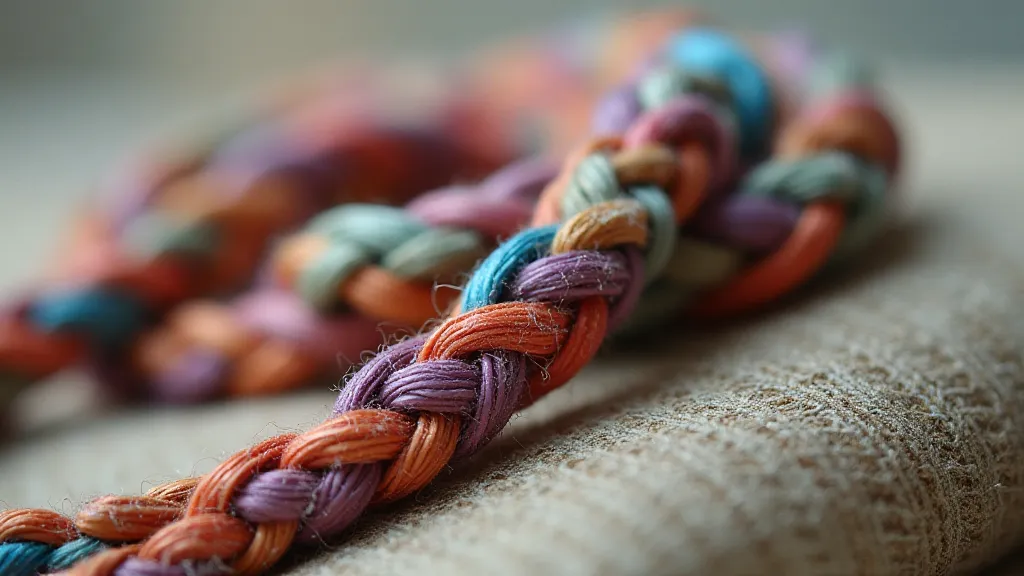
The Art of Experimentation
Reconstruction isn't simply about replicating; it’s about understanding. Once a potential technique is identified through textual clues or artifact analysis, the real work begins: experimentation. This involves systematically varying parameters – the number of cords, the order of passes, the tension applied – and observing the resulting braid. It's a process of trial and error, informed by intuition and a deep understanding of the underlying principles of braiding. There's a certain beauty in that iterative process, a slow revealing of secrets held within the materials.
Sometimes, the initial attempts fail spectacularly, producing tangled messes of thread. But even these failures provide valuable information, helping to refine the approach and move closer to the intended outcome. It's a humbling process, requiring patience, perseverance, and a willingness to learn from mistakes. And, crucially, it necessitates a respect for the original intent – a desire not to impose a modern sensibility onto a tradition rooted in a specific historical context.
The revival of a lost Kumihimo technique isn’t just about recreating a braid; it’s about rekindling a connection to the past. It's about honoring the skills and ingenuity of those who came before, and ensuring that their legacy continues to inspire future generations. There’s a quiet satisfaction in holding a braid in your hands, knowing that you have played a small part in bringing a fragment of history back to life. It’s a profound responsibility, and a deeply rewarding experience.
The process mirrors the restoration of an antique accordion, for example. Examining its worn keys, the faded bellows, the intricate mechanism within—each element tells a story of skilled craftsmanship and the passage of time. Reconstructing a lost Kumihimo technique is much the same—piecing together fragments, understanding the original intention, and breathing new life into a forgotten art. It’s a testament to the enduring power of human creativity and the enduring beauty of traditional crafts.
